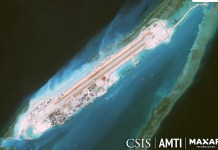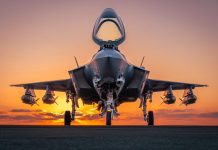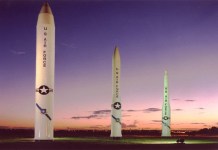A video has surfaced online showing Russia’s most advanced T-14 Armata main battle tank in action in the “Special Military Operation” zone.
In light of earlier reports that the Russian military planned to employ its T-14 Armata heavy tanks to participate in the Ukraine war, the video shows the tank is possibly deployed in the battle zone and aiming at military targets.
On February 10, a Twitter account going by the handle @WarMonitors posted a video showing the T-14 in action in the SMO zone. The tank can be seen shooting, possibly at Ukrainian military positions.
While there have been no official announcements regarding the deployment of T-14 Armata tanks in the “Special Military Operation” zone, experts anticipate that more details will become available over the coming days.
That said, it is still being determined when and where the footage was captured.
⚡️#BREAKING Russian T-14 Armata seen for the first time in action according to Voenkory pic.twitter.com/v4pnbIrcJZ
— War Monitor (@WarMonitors) February 9, 2023
In late December 2022, several Russian media outlets first reported that the T-14 Armata, Russia’s most sophisticated Main Battle Tank (MBT), had been spotted inside the “Special Military Operation” zone.
At the time, Vladimir Solovyov, a Russian TV host, posted multiple images and videos of the T-14 Armata on his Telegram. He claimed he had captured the first video of the T-14 Armata tank crews coordinating their battle maneuvers.
The UK Defense Ministry previously suggested that T-14 Armata may soon be seen in Ukraine, but it is unlikely to be used in combat.
Russian commanders “are unlikely to trust the vehicle in combat,” the ministry stated, adding that using the tanks would be a “high-risk decision” for Russia.
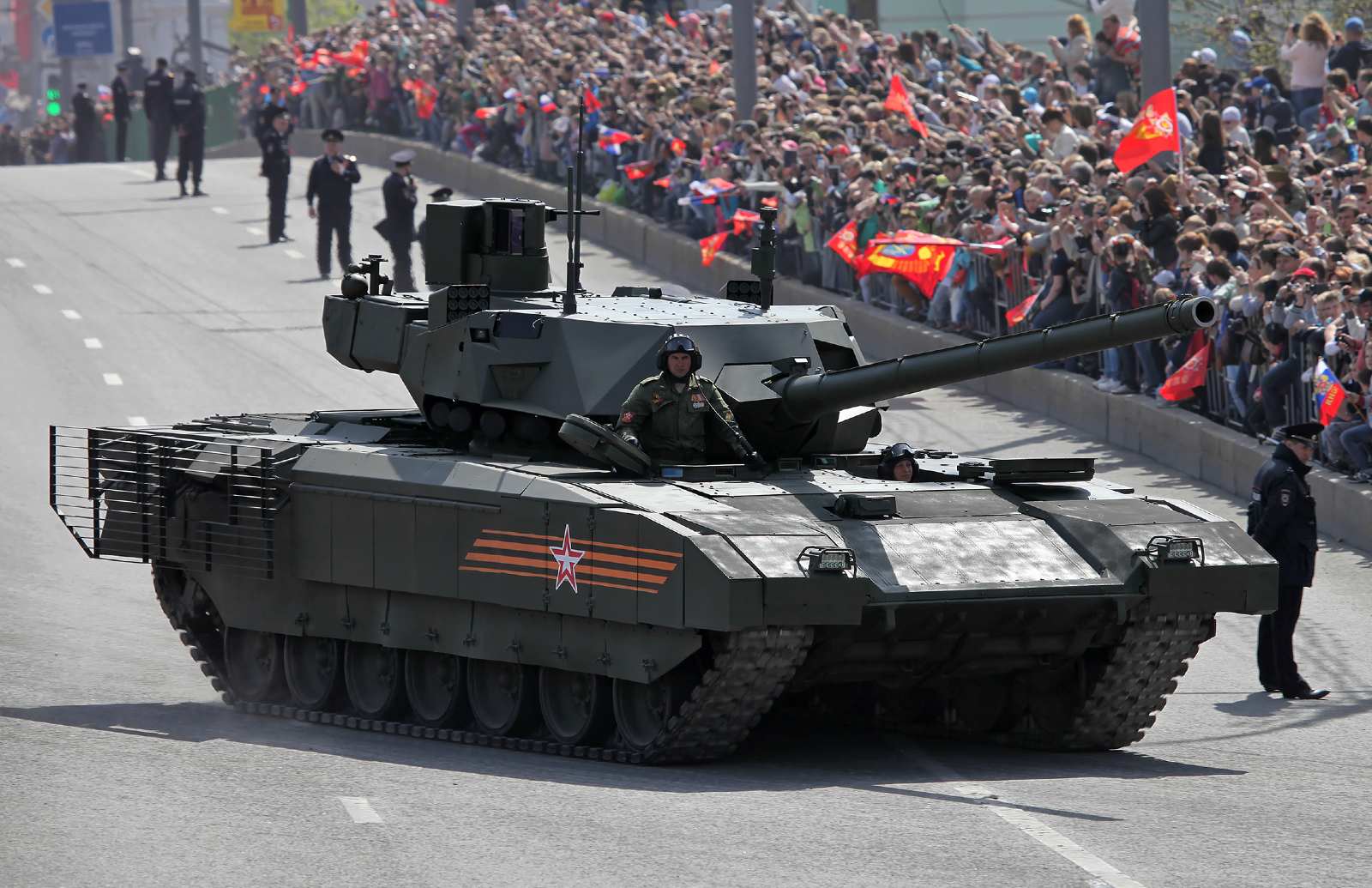
Furthermore, the ministry observed that the program had been plagued by delays, a smaller fleet size than initially anticipated, and reports of manufacturing issues, which lowered their battlefield effectiveness.
“If Russia deploys T-14, it will likely primarily be for propaganda purposes,” the ministry concluded. Later, in an intelligence update dated January 25, the British Ministry of Defense stated that in recent months, Russian forces had been reluctant to accept the first batch of T-14s delivered to them.
The tanks’ “poor condition” was cited as the reason for the Russian soldiers’ response. The appearance of Russia’s most modern main battle tank on the battlefield coincides with preparations being made by Moscow for the mid-to-late-February launch of a “large-scale decisive offensive” in eastern Ukraine.
T-14 Armata Tank
The T-14 is Russia’s most advanced main battle tank equipped with defense systems that can effectively shoot down the anti-tank missiles that Ukraine has used to stall Russian advances.
It debuted on May 9, 2015, during Russia’s Victory Day Parade. According to the Russian news agency Interfax, the Russian company Rostec announced in December 2021 that production of around 40 tanks had begun, with delivery projected to start after 2023.
The Armata Universal Combat Platform, a platform for next-generation modular heavy military tracked vehicles, serves as the foundation for the tank.
The T-14 has three chambers: the hull with three crew members at the front, the unmanned remote-controlled turret weapons station in the middle, and the engine at the back.
The T-14 Armata’s unmanned turret is equipped with a 125mm 2A82-1M smoothbore cannon with automatic loading. The turret has 45 rounds of ammunition, 32 of which are ready for use. Additionally, the main gun can fire laser-guided missiles with a range of seven to twelve kilometers.
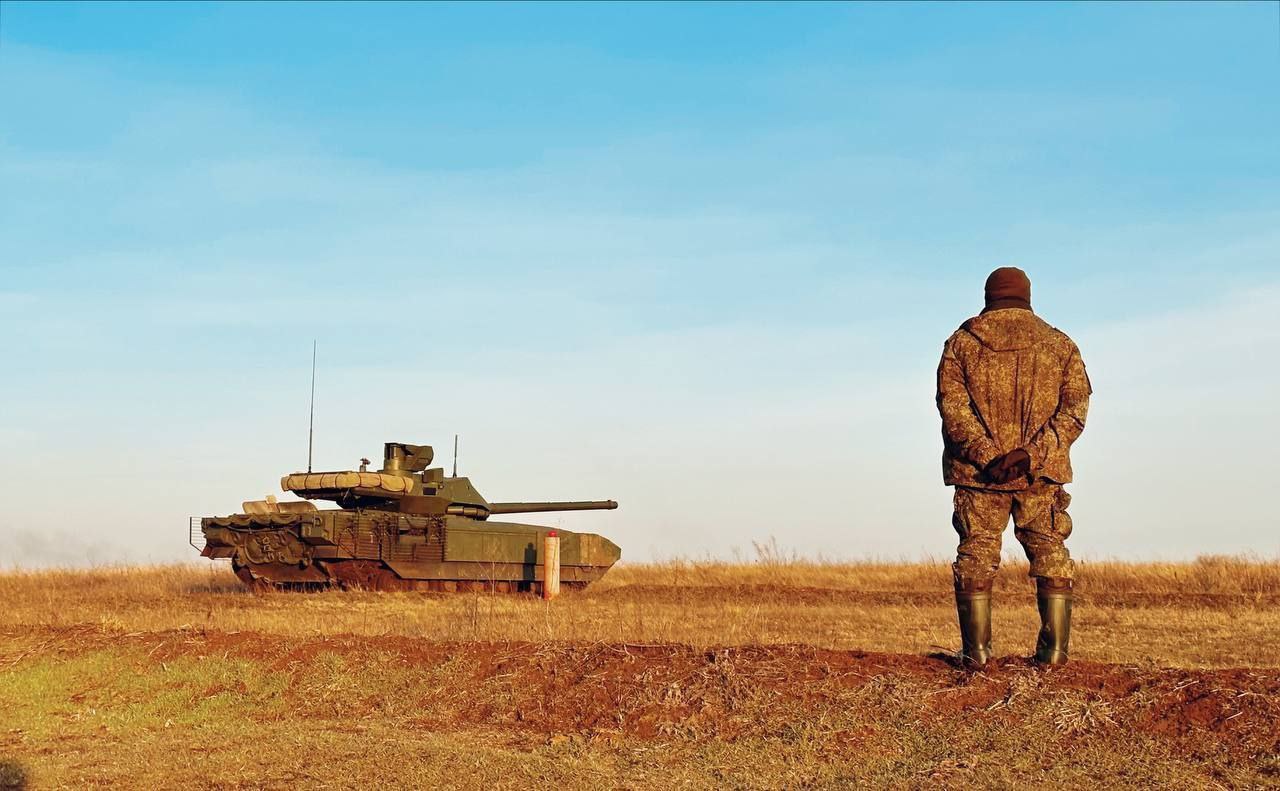
The Active Protection System (APS) on the T-14 shields it by intercepting and destroying incoming missiles. The T-14’s APS is allegedly capable of defending against all types of anti-tank missiles.
The tank also has reactive armor in the front and bar armor in the back to protect against rocket-propelled anti-tank grenades (ATRPGs). The tank can be outfitted with additional active and passive armor if necessary.
The tank also has smoke grenade dischargers, an automatic fire suppression system, and NBC (nuclear, biological, and chemical) defense.
The Russian-built T-14 can function in temperatures as low as -50 degrees Celsius, according to a previous report by EurAsian Times. It is outfitted with mobile power stations that guarantee a rapid and smooth engine start even in freezing conditions.
Nevertheless, given that the Russian military doesn’t appear to have many T-14 tanks, it’s still unknown how many tanks could be sent to the area of conflict.
- Contact the author at ashishmichel(at)gmail.com
- Follow EurAsian Times on Google News

